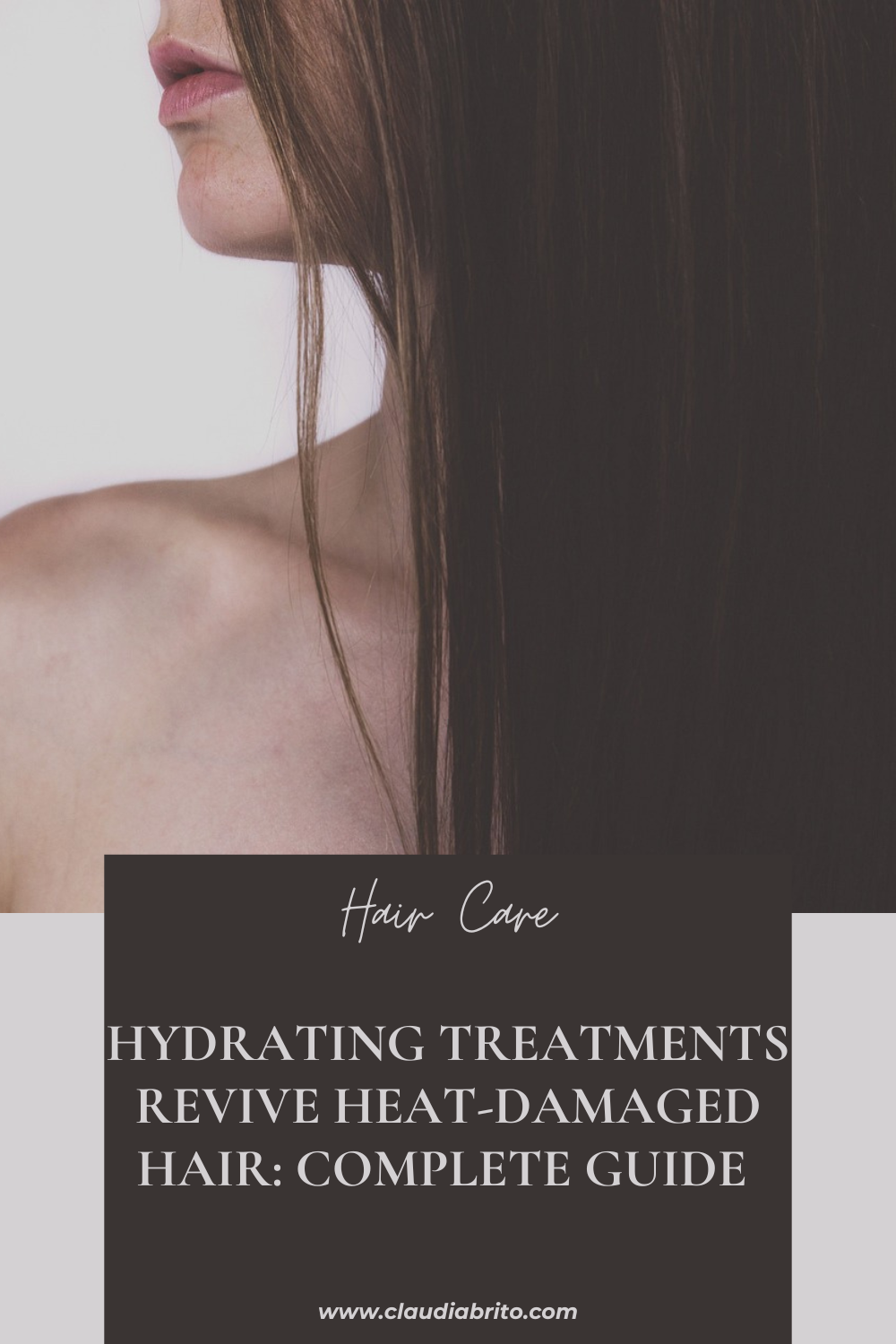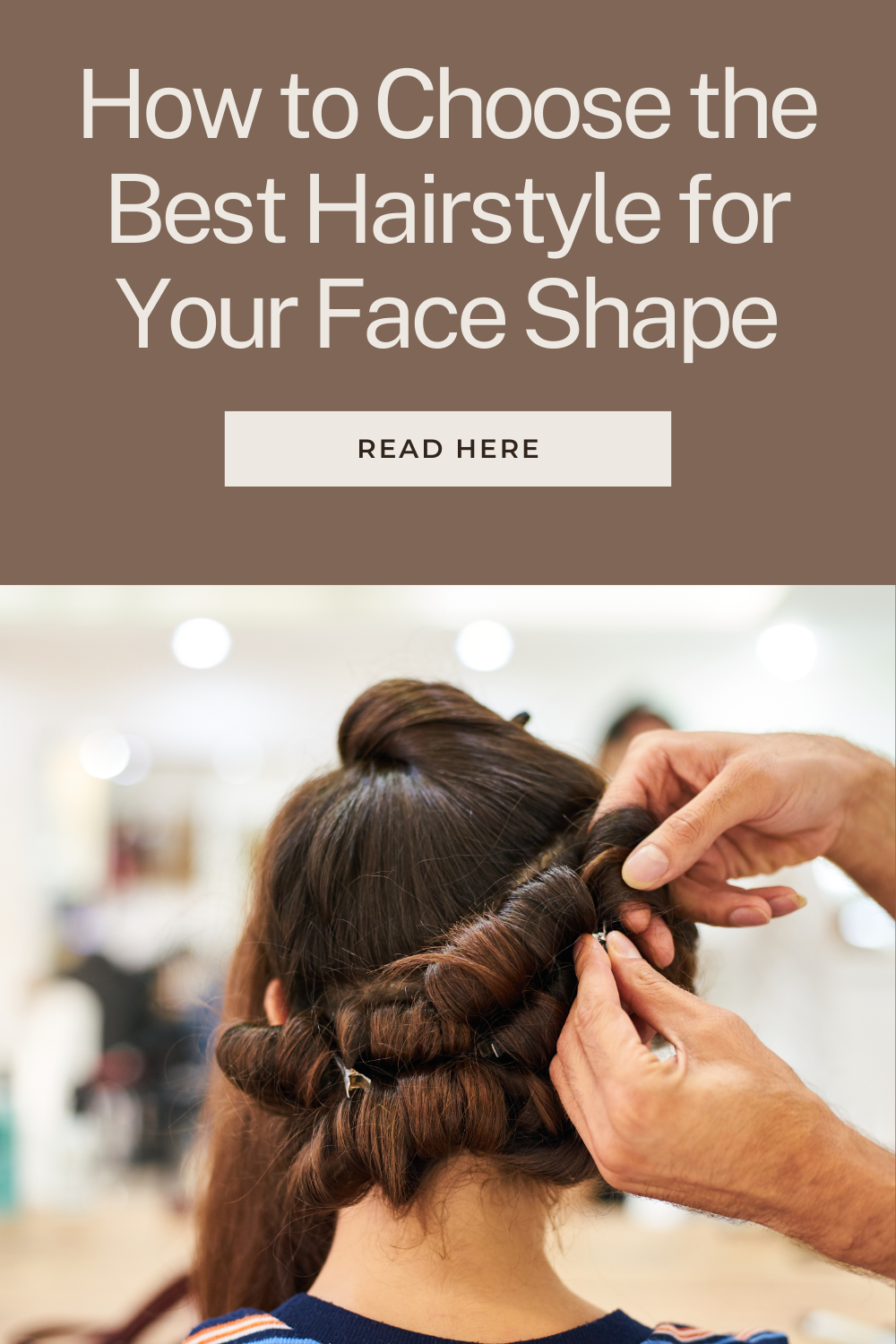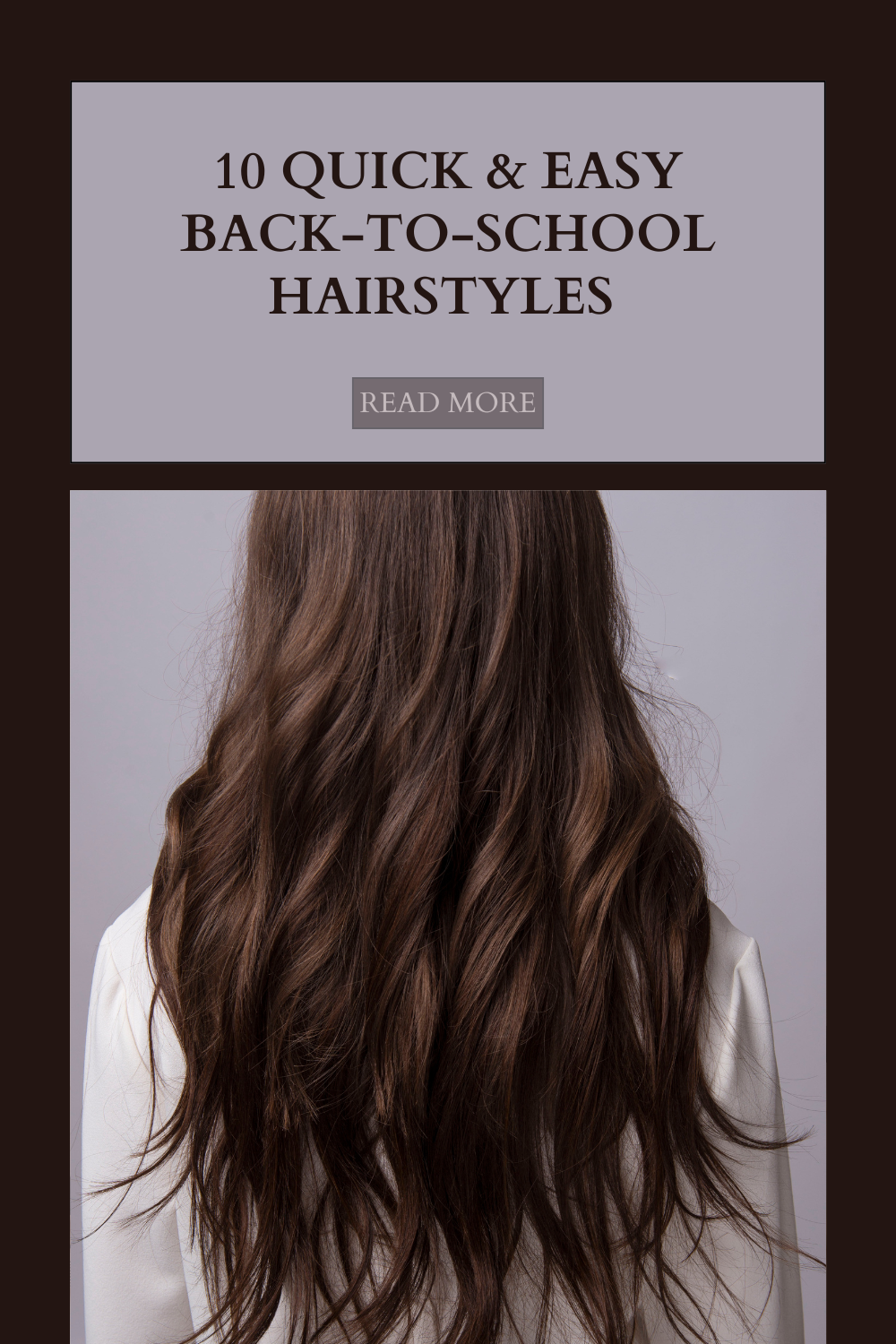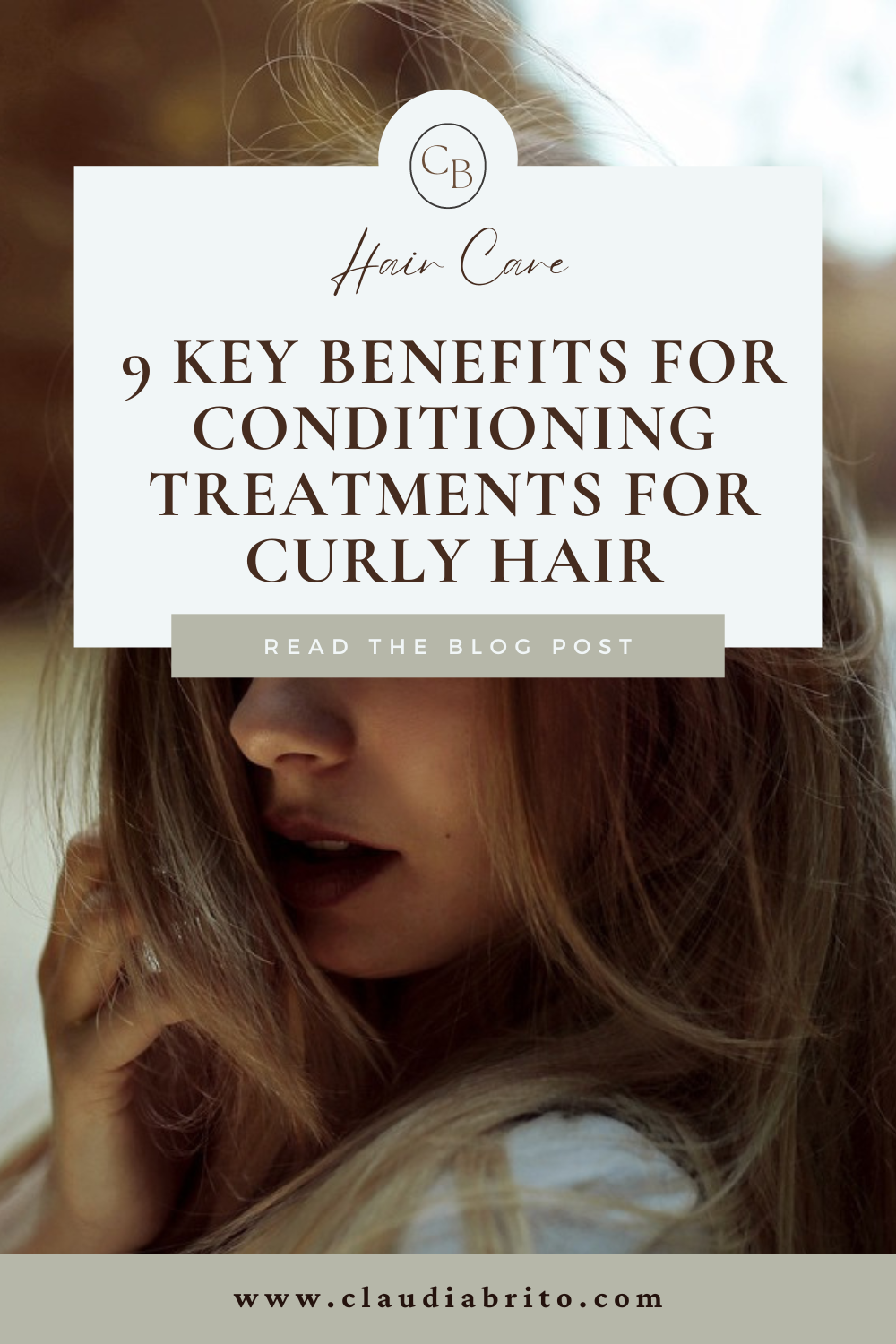Introduction
Heat styling tools like flat irons, curling wands, and blow dryers can help you achieve your desired hairstyle, but they can also wreak havoc on your hair. Heat-damaged hair often appears dry, brittle, and lacks shine. Hydrating treatments are essential for repairing and maintaining the health of hair that’s been damaged by excessive heat. In this post, we’ll explore the science behind heat damage, how hydrating treatments work, and the best practices for restoring your hair’s vitality.
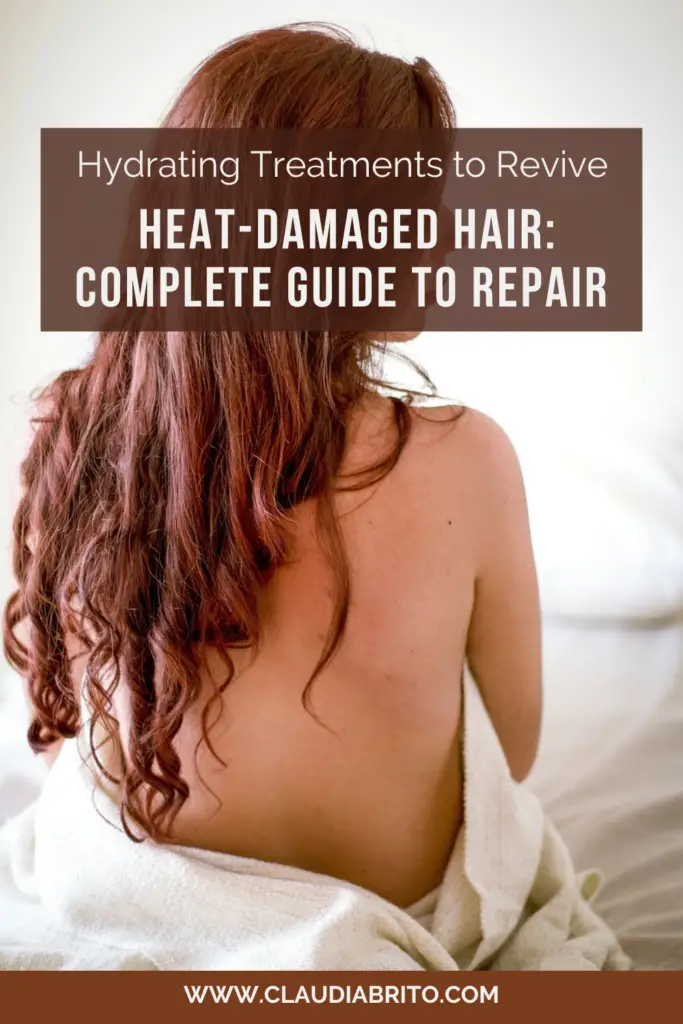
Understanding Heat Damage
Heat damage occurs when high temperatures from styling tools break down the hair’s natural protein bonds, leading to weakened hair structure. The two primary types of bonds in hair are hydrogen bonds and disulfide bonds.
When hair is exposed to high heat:
- Hydrogen bonds break, affecting the hair’s elasticity.
- The cuticle (the protective outer layer) becomes rough and porous, making the hair more susceptible to damage.
- Natural oils and moisture evaporate, leaving hair dry and prone to breakage.
- In severe cases, the disulfide bonds break down, causing permanent damage.
How Hydrating Treatments Help Heat-Damaged Hair
Hydrating treatments aim to replenish moisture, repair damage, and protect hair from future harm. Here’s how they work:
- Moisture Replenishment
Hydrating treatments restore the moisture lost during heat exposure. Ingredients like glycerin, hyaluronic acid, and panthenol (Pro-Vitamin B5) are humectants, meaning they draw moisture from the air and lock it into the hair shaft. This not only hydrates but also helps improve the hair’s elasticity and strength. - Cuticle Smoothing
Heat damage lifts the cuticle, making hair appear rough and dull. Hydrating treatments often contain ingredients such as silicones and natural oils like argan or jojoba oil, which smooth the cuticle for a shinier, sleeker appearance. - Protein Reinforcement
Some treatments incorporate hydrolyzed proteins, like keratin or wheat protein, which temporarily fill in the gaps in the hair shaft, reducing breakage. While they can’t permanently restore the hair’s original structure, they can strengthen it and prevent further damage. - Protective Barrier Formation
Hydrating treatments create a protective barrier around the hair shaft to prevent further moisture loss and environmental damage. Ingredients like silicones and natural oils help lock in hydration and form a shield against external aggressors.
Types of Hydrating Treatments for Heat-Damaged Hair

Several hydrating treatments can help repair heat-damaged hair. Here’s a breakdown of the most effective options:
- Deep Conditioning Masks
These treatments are packed with high concentrations of nourishing ingredients. They’re designed to be left on the hair for 15–30 minutes, offering intense hydration and repair. Look for masks containing shea butter, aloe vera, or silk proteins to restore moisture and smooth damaged cuticles.How to Use: Apply to clean, damp hair and leave on for the recommended time. Rinse thoroughly and use once or twice a week for best results. - Leave-in Conditioners
Lightweight but powerful, leave-in conditioners offer continuous hydration and heat protection throughout the day. These products also help detangle and smooth the hair.How to Use: After washing, apply a small amount to damp hair and style as usual. You can reapply throughout the day to maintain moisture. - Hair Oils
Natural oils like argan, jojoba, and coconut oil help seal in moisture, reduce frizz, and add shine. Coconut oil, in particular, can penetrate the hair shaft to nourish it from within.How to Use: Apply a small amount to damp or dry hair, focusing on the mid-lengths and ends. Use before heat styling for added protection. - Bond-Building Treatments
These innovative treatments help repair broken bonds in the hair caused by heat damage. They work from within the hair shaft to strengthen and rebuild hair structure.How to Use: Apply to damp hair after shampooing, and follow the product’s instructions for leave-in or rinse-out options.
Key Ingredients to Look For
When choosing hydrating treatments, look for the following key ingredients that target moisture and repair:
- Glycerin: A powerful humectant that attracts moisture to the hair.
- Aloe Vera: Moisturizes and soothes dry, damaged hair.
- Shea Butter: Rich in fatty acids, it helps soften and hydrate.
- Panthenol: Helps retain moisture and improve hair strength.
- Argan Oil: Nourishes and protects with high levels of vitamin E.
- Keratin: Strengthens hair by replenishing its natural protein structure.
- Hyaluronic Acid: Attracts and holds moisture to keep hair hydrated.
- Silk Proteins: Smooth and add shine to the hair.
How to Incorporate Hydrating Treatments into Your Routine
To get the most out of your hydrating treatments, follow these simple tips:
- Start with a Clarifying Shampoo
Once a month, use a clarifying shampoo to remove product buildup and allow your hair to absorb treatments more effectively. - Use Lukewarm Water
Hot water can strip your hair of its natural oils. Rinse your hair with lukewarm water to maintain moisture. - Focus on the Mid-Lengths and Ends
The ends of your hair are typically the most damaged. Concentrate your hydrating treatments on these areas for maximum benefit. - Avoid Overuse
While hydrating treatments are beneficial, too much product can weigh your hair down. Use treatments as directed for best results. - Limit Heat Styling
Try to minimize the use of heat styling tools. When using them, always apply a heat protectant to reduce damage.
When Hydrating Treatments Aren’t Enough
If you notice severe breakage, split ends, or hair that feels gummy when wet, hydrating treatments may not be sufficient. Here are additional steps to consider:
- Get a Trim: Cutting off the most damaged parts can prevent further breakage.
- Protein Treatments: In addition to hydration, a protein treatment can help strengthen severely damaged hair.
- Consult a Professional: A hair stylist or trichologist can recommend specialized treatments if your hair is extensively damaged.
Conclusion
Hydrating treatments are a must-have for anyone dealing with heat-damaged hair. By replenishing lost moisture, smoothing the cuticle, and strengthening the hair shaft, these treatments can bring life back to your locks. Remember that recovery takes time, so be patient and consistent with your hair care routine. Combining these treatments with heat protection strategies will help keep your hair healthy, shiny, and strong.
Table of Contents
How to Choose the Best Hairstyle for Your Face Shape: A Comprehensive Guide
When choosing a hairstyle, it’s essential to consider your face shape to enhance your best features and create a balanced look. In this guide, we’ll explore the most…
4 min read
10 Quick & Easy Back-to-School Hairstyles for Busy Mornings
Mornings can be tough, especially when you’re rushing to get out the door in time for school. Between breakfast, packing your bag, and making sure you’ve got everything…
4 min read
Top 20 Trendy Teen Hairstyles: Easy and Stylish Ideas
Teen hairstyles are a big deal, and if you’re looking for the best teen hairstyles, this is the ultimate guide. Teen hairstyles are all about expressing personality, and…
4 min read
How to Manage Dandruff in Curly Hair: Expert Tips for a Healthy Scalp and Defined Curls
Curly hair and dandruff can often go hand-in-hand, with the unique structure of curly hair contributing to scalp issues. If you’re dealing with both unruly curls and dandruff,…
4 min read
Why Are Curly Hair Products So Expensive? Uncovering the Truth Behind the High Costs
Curly hair products often come with a premium price tag, leaving many wondering why and even myself. That’s why in this blog explores the factors that contribute to…
4 min read
9 Key Benefits for Conditioning Treatments for Curly Hair
Curly hair requires specialized care to maintain its health, definition, and shine. One of the most crucial aspects of curly hair care is the use of deep conditioning…
4 min read
